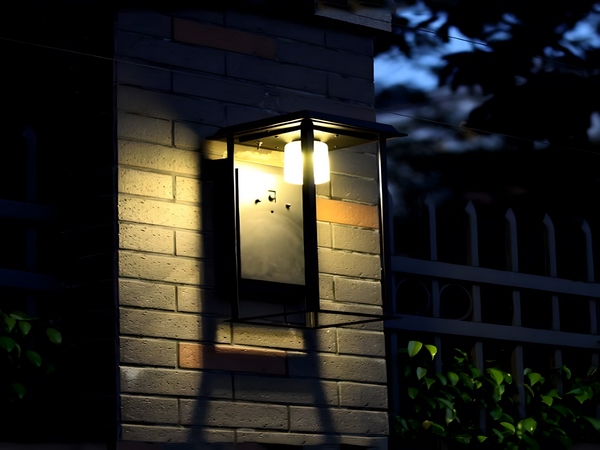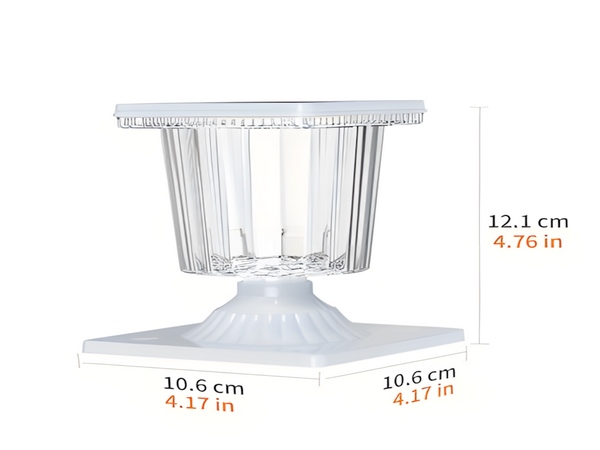
It is well known that solar panels are an essential part of solar street lights. They capture solar energy and, through a controller, convert it into electrical energy stored in batteries. Therefore, the duration of illumination for solar street lights depends not only on the battery size but also on the solar panel size, which determines the charging capacity for a day. The choice of solar panels for solar street lights is crucial. So how should one select them? Below, the editor from Century Sunshine Lighting will introduce this topic.

Solar panels must have the appropriate open circuit voltage and working voltage.
If using a PWM solar street light controller and charging at 12V, the open circuit voltage of the solar panel is generally around 20V, with a working voltage usually at 17.5V. If charging at 24V, the open circuit and working voltage of the solar panel are double that of the 12V setup.

If using an MPPT solar controller, the open circuit voltage of the solar panel must not exceed the maximum input voltage of the controller.
1. In terms of types, solar panels are divided into monocrystalline and polycrystalline.
Monocrystalline silicon solar panels are more efficient and have lower light degradation, but they are expensive. Polycrystalline solar panels, while less efficient, are more affordable.
2. The physical dimensions of the solar panels vary widely and must be determined based on the installation environment of the solar street lights. Generally, for the same power, selecting a slightly smaller size is more suitable.
The electricity generation capacity of solar panels is closely related to factors such as light intensity, ambient temperature, and installation angle. Variations in these aspects will affect their electricity generation performance. The raw materials and battery components generally include solar cells, EVA, back sheets, aluminum frames, and tempered glass. If low-quality solar cells are used, it can lead to irregularities, defects during lamination, and formation of bubbles. This indicates that there are residual gaps produced during the heating and sealing process at 160 degrees Celsius. Sealing and preventing oxidation of the solar cells are critical; otherwise, exposure outdoors may result in a lifespan of only 1-2 years. Filling the gaps in the frame is also an important aspect of the manufacturing process.
The above information regarding the selection of solar panels for solar street lights has been shared here. Solar street lights utilize solar panels to gather sunlight, comprehensively absorbing solar energy. As long as there is some sunlight during the day, the panels can capture it and effectively gather energy. Once the sun sets, solar street lights automatically turn on, providing sufficiently bright illumination to ensure safety for people’s nighttime travels.



